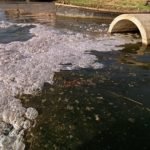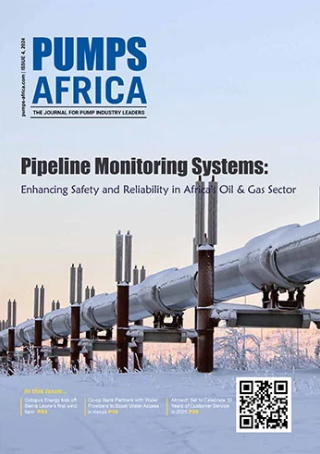The American Bureau of Shipping (ABS) has awarded Approval in Principle (AIP) to Samsung Heavy Industries’ (SHI) design for a one-side spread mooring system for a floating liquefied natural gas (FLNG) facility.
The system developed by SHI allows an FLNG to be safely spread moored on one side, enabling LNG carriers to berth and load on the opposite side free from obstructions, ABS said.
Spread mooring systems are multi-point mooring systems that moor vessels to the seabed using multiple mooring lines. While the vessel is in a fixed heading relative to the seabed, its bow typically heads into the dominant environment which is usually the direction where the largest waves are coming from.
“With more than 150 floating oil and gas facilities in the ABS-classed fleet, ABS is the market leader in classification of offshore production units, which includes FLNG assets. This means we are well placed to understand the unique requirements of these units, with a focus on safety. I’m proud to be able to support SHI with this innovation,” said Matt Tremblay, ABS Vice President Global Offshore.
READ: Mozambique welcomes Africa’s first floating gas plant
“The one-side spread mooring system is a patented technology that can replace complex turrets in a mild offshore environment,” said Wang K. Lee, Vice President of SHI’s Offshore Business Division. “It will be the optimized solution for shipping companies looking for economical FLNG models.”
Africa’s first floating gas plant
Samsung Heavy Industries has built Africa’s first floating gas plant – known as the Coral Sul FLNG . Over two months since it was unveiled, the continent’s first-ever deep-sea floating Liquified Natural Gas (LNG) facility arrived in Area 4 of the Rovuma Basin offshore Mozambique last week.
The 220 000-ton vessel is the first FLNG built for deep waters and the first specifically built for Africa at a length of 432 meters and 66 meters wide, with the capacity to liquefy 3.4 million tons of natural gas per year. The FLNG will be towed and moored at its operating site in the Rovuma basin.
Once the FLNG facility will be in place, the installation campaign will begin, including mooring and hook-up operations at a water depth of around 2,000 meters by means of 20 mooring lines that totally weight 9,000 tons.







